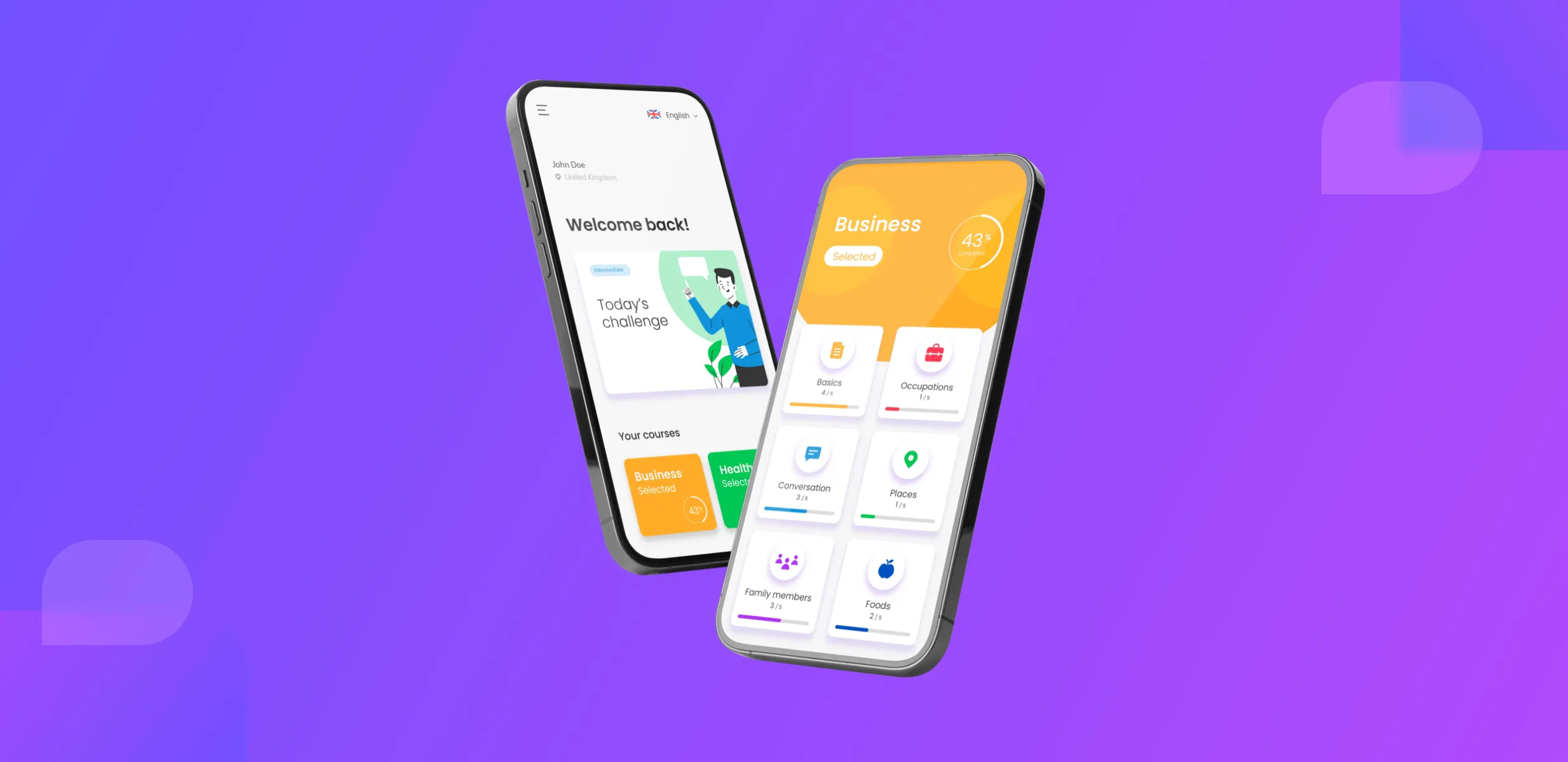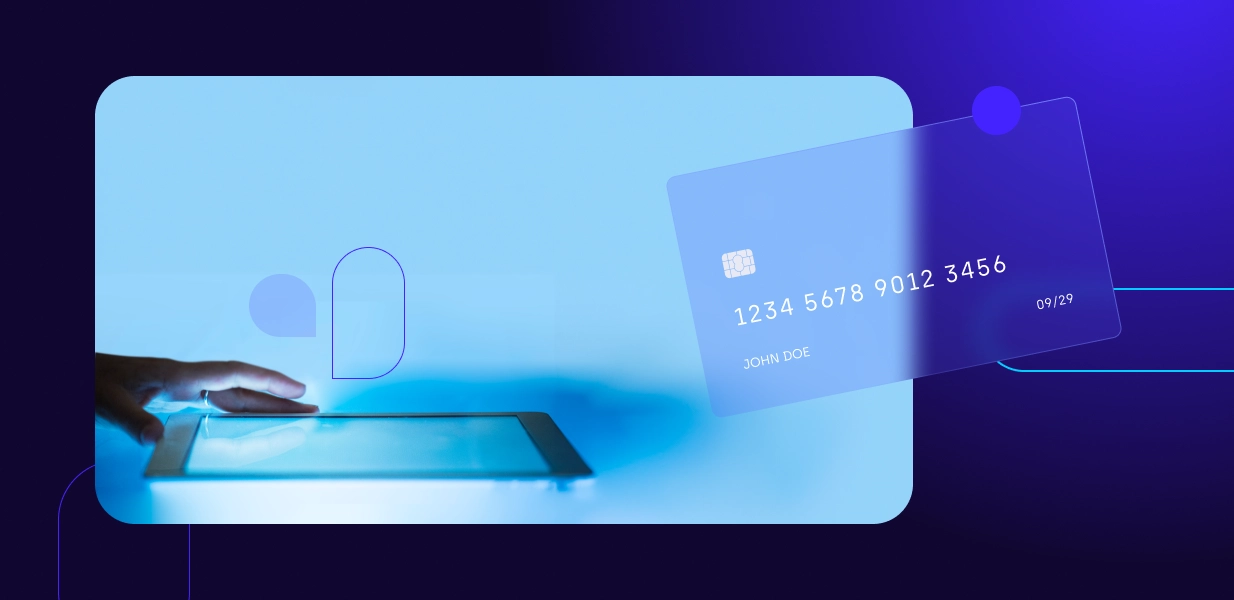
Mobile app customer validation: How to keep improving your app after its release

With over 250 billion app downloads per year, and several million apps available in the Google Play Store and the App Store, it’s safe to say there is a lot of demand for apps. Along with the opportunities this offers to businesses, it also means there is strong competition between app developers.
For users, apps are easy to change, as signaled by relatively low retention rates across industries. To keep users’ attention and retain them over the long run, businesses need to work hard on validating their ideas and improving app performance.
Customer validation is the process of gaining insight into your target users, their pain points, needs, and behaviors to inform the app creation process. Such data is used to create an app that will address these pain points and needs, and that users will identify as being right for them. As such, validation begins already at the planning stage of app development and continues throughout the development process, including post-release.
In this article, we will look at how you can continue validating your app after developing it, so as to increase retention, attract and nurture leads, and continuously improve its performance.
What is customer validation for mobile apps?
There are many reasons why users abandon an app. These include:
- The app’s inability to offer real solutions
- Misunderstanding of target users’ problems and needs
- Poor UX and UI, making the app hard to use
- Lack of enough features and advantages over other apps
- Lack of testing and bug fixes
- Poor marketing and release
- Failing to address user feedback with timely app updates
Customer validation addresses most of the above issues. It is the process of validating the initial app idea, the prototypes, and the final product by collecting feedback from potential or existing users at every stage. It seeks to determine the need for the app, based on the real problems it solves, and the value it provides to its users.
To be validated, the app must have a good product-market fit, i.e. it must target the needs of a particular market. It must also be validated as a hypothesis through testing prototypes and features with users. Once this is done, it can be said that a minimum viable product (MVP) is achieved that can be launched to test the app more fully, gather additional data, and use it to iterate on the product, and then proceed to fully launch it.
Frequently, customer validation is understood to end at this point. However, from a more holistic point of view, customer validation is a constantly ongoing process that continues throughout a product’s entire lifecycle. In fact, it becomes even more important after the launch of the product, in order to retain users and attract new ones. Following below are two main methods of how you can continue to validate your mobile app after its release.
Quantitative and qualitative methods for customer validation
There are several ways to approach the mobile app customer validation process and gather data on how users interact with your app. These are in-app analytics (i.e. purely quantitative methods) and interviews (or other qualitative methods).
In-app analytics
Two major platforms to be used to perform in-app analytics are Firebase and Google Analytics 4 (GA4). Using these two together can yield deep insights into your app’s performance, user behavior (such as patterns and user journeys), app issues, and much more.
While both services are owned by Google, they offer different mobile tracking options which is what makes combining them really meaningful. Firebase uses a flexible and agnostic event and parameter taxonomy that differs from how mobile tracking occurs in GA, though both are based on an event and parameter measurement data model.
Both platforms, however, have the same implementation process which makes them easy to integrate and use alongside each other. Their differences, moreover, make for richer and more varied data. By using Firebase and GA4 for your application analytics, you will:
- Establish the number of users of your app, track their location, device model, and other characteristics
- Monitor and measure user behaviors, visualize navigation paths, and determine the most-visited screens
- Segment user groups and understand their behavior, and determine how segments overlap and what they share
- Track and measure in-app payments, deep-link performance, and more
- Create and track up to 500 different events
- Identify and resolve bugs quickly, and gain insight into crashes
- Combine mobile app and website analytics in one placeupdates
- Use app optimization features such as testing, personalization, and messaging
- Gain predictive AI insights regarding user value and actions to create targeted campaigns and increase conversion
- Track app performance and identify opportunities for improvement
All the above results in data you can leverage to further validate your app and improve its performance. Such data can help you determine:
- The duration of time users spend on the app, and in which particular screens
- What makes them engage with the app - i.e., whether notifications work and are effective
- The features they use the most, and their level of satisfaction with such features
- Where and when they encounter issues and how these impact them
- Which user flows increase app usage and vice-versa
- Where and when do purchases occur and which factors increase them
- How different types of users interact with the app, and the paths they choose
Surveys, interviews, and other qualitative methods
In addition to in-app analytics, you can also make use of surveys and interviews as methods of data collection. While limited in some ways, these can provide you with an in-depth understanding of user behaviors and needs, and help you further validate and improve your app.
Qualitative methods include surveys and interviews as well as attitudinal, behavioral, and contextual research. Strictly speaking, some of these research methods can also yield quantitative data, depending on how they are structured.
Surveys
Surveys, in particular, are scalable, and inexpensive, and respondents are less prone to modifying their responses and behavior when they are not being observed, especially if the customer survey is anonymous. While surveys can suffer from a sampling bias and can have low response rates, these can be accounted for through incentives that attract a variety of respondents.
This method is good for gathering quantitative data and can run into difficulties if you use them for qualitative data gathering, as respondents will frequently give short answers that provide little information. However, combining both types of questions, and asking only a few well-targeted qualitative (i.e., open-ended) questions can yield good-quality data.
Interviews
Where surveys can provide data at scale but with only limited depth, interviews can provide rich and deep qualitative data on users’ needs, wants, and behaviors. They can shed light on the immediate user experience and emotional impact of using the app. They also allow you to focus on specific areas and features of the app, and to identify opportunities and issues.
Customer interviews have a limited scope due to the time and resources that need to be set aside for them. However, they can help guide quantitative methods in a new direction, thanks to the insight they provide.
Behavioral, attitudinal, and contextual research
All three of these research methods can yield qualitative data about either behaviors or attitudes toward your app.
Behavioral research seeks to observe and note behaviors by asking users to perform certain tasks within the app or follow a particular path, and note what they experience and focus on, and where they encounter difficulties.
Attitudinal research focuses on users’ attitudes toward a product or parts of it - their thoughts and feelings about it, prior to and after using the app. This type of research can shed light on the preconceptions and concerns with which users approach the app.
Contextual research involves observing how users engage with the app, without specifically asking them to do anything in particular. This can yield information on users’ decision-making process, how they respond to the app, and what triggers certain behaviors.
Business model
The point of gathering any of the above data is for it to inform the decisions you make regarding your app - from its features, functions, and interface, all the way to your business model (i.e., revenue and user acquisition model).
Customer validation does not only concern the validation of the app idea or making improvements and iterations of the app but also how you offer it to users in order to improve performance, increase retention, and generate revenue. That’s why deliberating about your business model or making changes to it, based on data, is a meaningful part of the process.
For example, if you use a trial model, you may find that users frequently drop out after the trial period ends. To retain customers, you may decide to shift to a freemium model that offers some of the app’s capabilities for free while offering others against payment.
Freemium, trial, or paid?
Neither one of these three monetization nor user acquisition models is inherently better than the rest. Whether you go for one or the other depends entirely on your initial idea, the value you offer, the market you are entering, and much more. Here are the main differences between these models:
- Freemium: This monetization model provides users with a free version of the app, with limited features, along with the option to pay for premium features. Offering your app as a freemium can attract more users and generate revenue on the basis of their volume.
- Trial: In between the freemium and the paid (or premium) model, the trial model offers the app for free for a limited amount of time. After that, users must decide if they wish to purchase it, to continue to use it. This model helps build trust with users and increase conversion rates. It relies on the idea that if the app offers good value, and users commit to it, they will later be more willing to pay for it.
- Paid: The paid model requires users to pay for the app upfront. It offers an immediate stream of revenue, unlike the other models. To work well, though, the app must provide unique value and solve problems that other apps can’t solve. It must also be improved regularly, in order to retain users.
Sales cycle and how to nurture your leads
Finally, your customer validation process, and all the data you gather with analytics and through other means, can also feed back into your sales cycle and your lead nurturing.
- What does that data say about how successful you are at attracting users and engaging them with your app?
- What is your conversion rate, and where do users experience hurdles in the process?
- What is your retention rate, where do you lose the most users, and what does that tell you about your app?
All of these questions are a consequence of implementing a continuous customer validation approach that takes performance metrics and uses them as part of the iteration process.
Examining the data carefully and providing detailed answers to these questions can then inform changes to your lead nurturing and retention strategies. Maybe you need to implement more in-app messaging or push notifications, or you need to include more channels (such as email) in your marketing campaigns.
In this way, customer validation comes full circle from the initial gathering of data to its interpretation and iterations of the app design and functions, only to begin anew.
Improve your app’s performance with Resolute Software
Resolute Software has the necessary expertise to assist you in creating an app that will increase the value you offer to your users and keep you on top of your market. With hundreds of projects across the globe, ranging from small businesses to big international companies, we can offer you the support you need.
Contact us and let’s discuss how we can help you improve your app and increase its performance!





